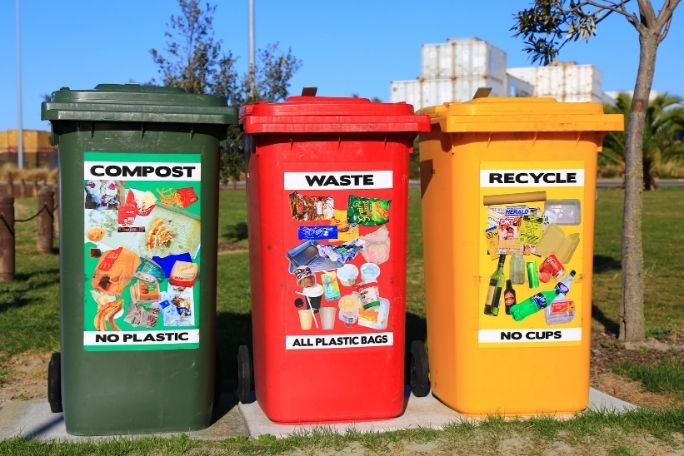Lesson summary
Students develop a safety code for learning about solid waste.
Learning intentions:
Students will...
- understand that there are some hazards in learning about waste
- recognise that they can be safe if they follow some simple rules.
Lesson guides and printables
Lesson details
Curriculum mapping
Australian curriculum content description:
Year 1 English:
- Engage in conversations and discussions, using active listening behaviours, showing interest, and contributing ideas, information and questions (ACELY1656)
- Create short imaginative and informative texts that show emerging use of appropriate text structure, sentence-level grammar, word choice, spelling, punctuation and appropriate multimodal elements, for example illustrations and diagrams (ACELY1661)
- Construct texts that incorporate supporting images using software including word processing programs (ACELY1664)
Year 2 English:
- Listen for specific purposes and information, including instructions, and extend students’ own and others’ ideas in discussions (ACELY1666)
- Create short imaginative, informative and persuasive texts using growing knowledge of text structures and language features for familiar and some less familiar audiences, selecting print and multimodal elements appropriate to the audience and purpose (ACELY1671)
- Construct texts featuring print, visual and audio elements using software, including word processing programs (ACELY1674)
Syllabus Outcomes: EN1-1A, EN1-2A, EN1-3A.
Time required: 48 mins
Level of teacher scaffolding: High – lead activity.
Resources required
- Paper and pens
Additional info
This is an original Cool.org lesson. Facts and figures in these lessons may have changed since this lesson was published. We always endeavour to update our resources in a timely manner, but if you see an error or issue in our resources please get in touch with us.


Welcome back!
Don't have an account yet?
Log in with:
By signing up to Cool.org you consent and agree to Cool's privacy policy to
store, manage and process your personal information. To read more, please see
our privacy policy here(Opens in new tab).
Create your free Cool.org account.
Many of our resources are free, with an option to upgrade to Cool+ for premium content.
Already have an account?
Sign up with:
By signing up to Cool.org you consent and agree to Cool's privacy policy to
store, manage and process your personal information. To read more, please see
our privacy policy here(Opens in new tab).